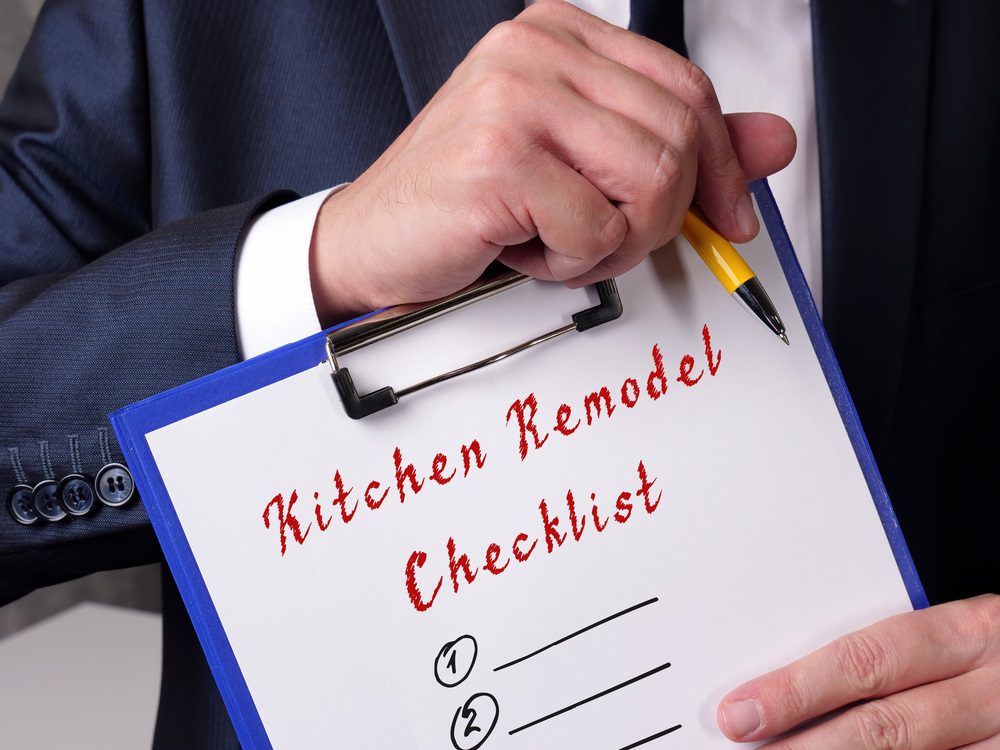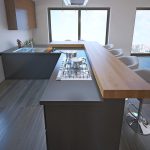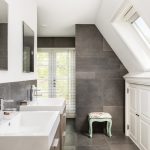The Ultimate Kitchen Remodel Checklist for Homeowners
Remodeling your kitchen is a big decision, and it can be overwhelming to think about all the steps involved in the process. This ultimate kitchen remodel checklist will help you stay on track and ensure you get everything during your project.
Contents
- 1 Pre-Remodeling Preparations
- 2 Planning Your Kitchen Remodel
- 3 Demolition and Preparation
- 4 Kitchen Remodeling Must-Haves
- 5 Plumbing and Electrical Work
- 6 Adding Appliances and Gadgets
- 7 Painting and Finishing Touches
- 8 Final Inspections and Quality Checks
- 9 Post-Remodel Cleaning and Maintenance
- 10 Conclusion
Pre-Remodeling Preparations
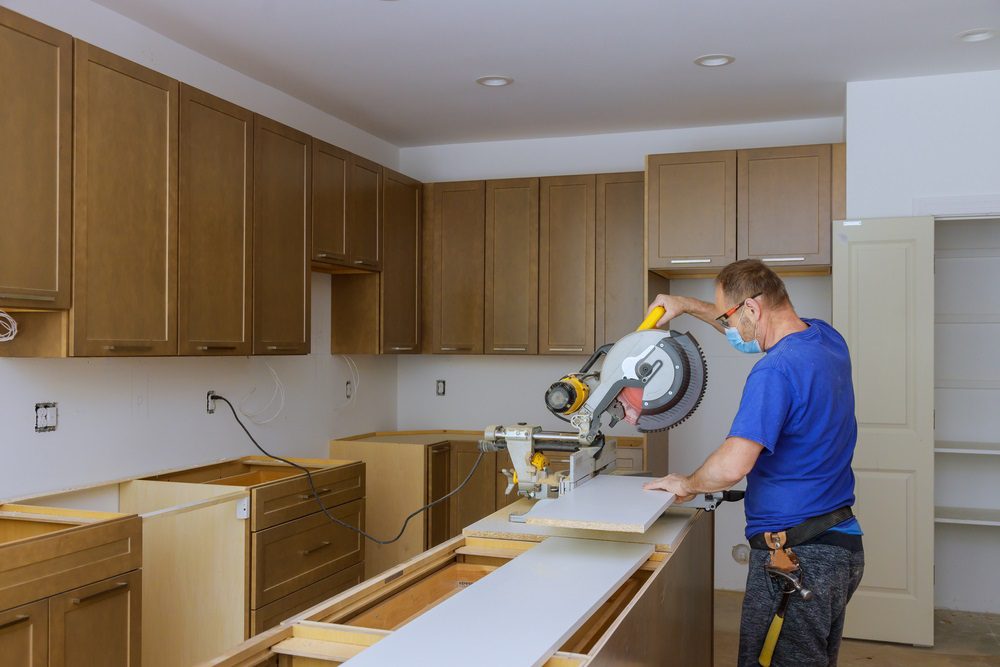
Before you go ahead with your kitchen remodel checklist, there are several things you need to do:
- Make sure that you have enough money for the job.
- Ensure you have enough time for the project to stay in your life.
- Get a good contractor who will help guide and direct the process so everything runs smoothly and efficiently.
Lastly (but certainly not least), get all necessary permits before beginning any construction work on your home or property so that there are no issues later on down the road when someone comes knocking at their door asking questions about why they didn’t get approval from local authorities beforehand!
If this seems too much work, hiring an experienced company like ours might be better suited for what needs to be done…
Planning Your Kitchen Remodel
There are a few things you can do to make sure your kitchen remodeling project is finished on schedule and on budget while planning it.
- Choose a designer for your remodel. A good designer can ensure that everything fits together nicely and meets your needs. They’ll also be able to tell you if there are any issues with the plan before it goes too far along in the process.
- Choose the right materials for your remodel–this means choosing materials that are both functional and aesthetically pleasing so that they meet both of these needs at once! This might mean looking into different types of cabinets, countertops, or appliances before deciding which ones fit best within your space constraints and personal preferences (like whether or not someone wants stainless steel appliances vs. black). It may also involve considering which type(s) would be more cost-effective given the budget constraints within each situation, along with other factors such as size requirements, etcetera…
Demolition and Preparation
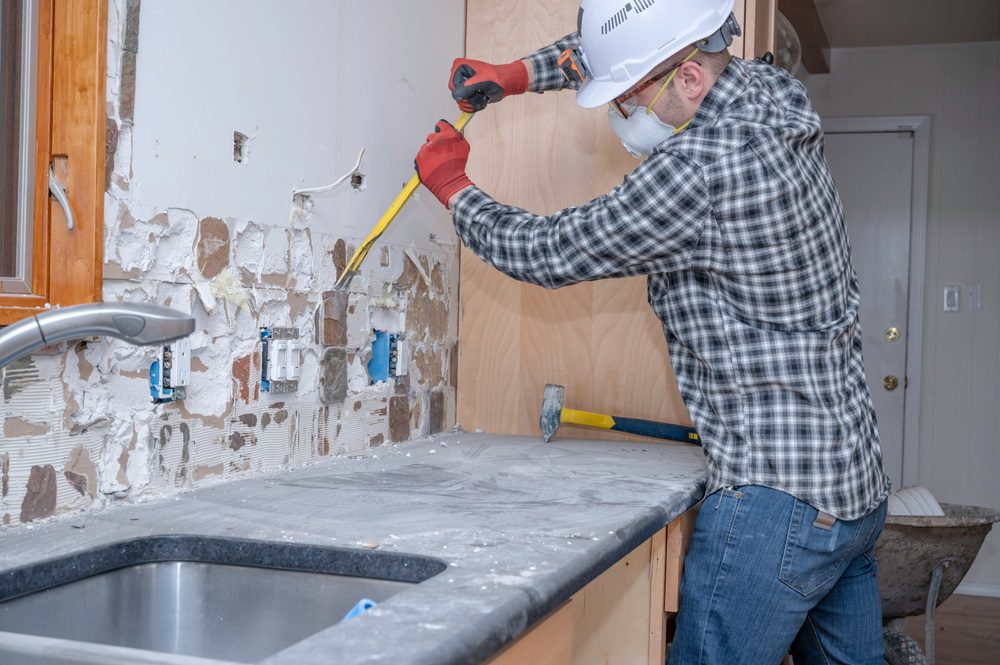
This section helps you get started by removing the old cabinets and countertops.
Remove the Old Cabinets
If your kitchen is outdated, chances are good that it has solid wood or particle board cabinets with laminate countertops. These materials can be removed fairly easily by cutting through them with a sawzall (or reciprocating saw), then pulling them out of their openings in the wall using a pry bar or crowbar. Don’t forget to wear safety goggles while working.
Remove the Old Countertops
If you have granite or marble counters in your kitchen, they may require removal before demolition because these materials are difficult to cut through safely without damaging other areas around them (such as tile floors). In these cases, use an angle grinder equipped with diamond blades to cut through all edges where granite meets tile flooring; once this is done, carefully remove any remaining pieces left hanging on either side so that no one gets hurt! Afterward, sweep up any debris created during this step so nothing gets left behind when installing new cabinets later down the line…
Kitchen Remodeling Must-Haves
Your kitchen is an extension of your home and an important part of your overall living space. If you’re looking for kitchen renovation ideas, it’s important to consider the following:
- Top-of-the-line appliances. Ensure they are energy efficient and well made–you want them to last!
- Granite countertops or another high-quality material that will look great for years to come (and stand up against wear and tear).
- Stainless steel appliances with modern features such as touch screens or digital controls can add sleekness to any space while providing easy use for busy homeowners who don’t have time for complicated buttons and knobs.
- Custom cabinets built specifically for each wall’s size allow you to maximize storage space without sacrificing style; this can be done by choosing from various woods, including maple, oak, or cherry wood finishes that complement any decor scheme in any room!
Plumbing and Electrical Work
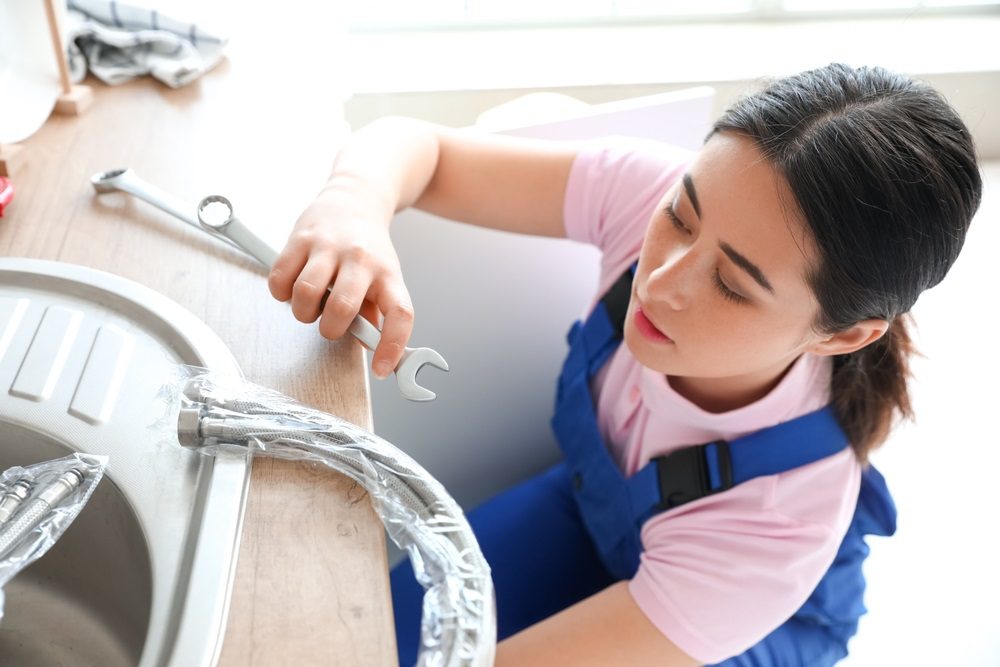
Licensed professionals should do the plumbing and electrical work in your kitchen. This includes:
- Plumbing–The pipes that run through your home’s walls and floors, bringing water to faucets, sinks, and toilets. If there are any problems with these systems, they can cause serious damage to your home. You’ll want to call a plumber if you notice any leaks or clogs in the pipes near the sink area. The same goes for toilets; if there is an issue with them (like running constantly), then it’s best to call someone who knows what they’re doing so they can fix it before it becomes worse than it already is!
- Electrical--Electrical outlets are responsible for ensuring that all appliances are powered on when needed throughout each day at home–but only if they work properly! When something goes wrong with an outlet (say one stops working altogether), we recommend calling an electrician immediately because this could mean bigger problems if left unfixed immediately after discovery.
Adding Appliances and Gadgets
If you’re going to be adding a new appliance or gadget, consider these factors:
What Type of Kitchen Do You Have?
If it’s a traditional kitchen, certain appliances, and gadgets should be included. You don’t want to choose anything overly elaborate because it might not go with the rest of your décor. For example, if all your cabinets are dark wood and black granite countertops (like mine), purchasing bright white stainless steel appliances might look out of place. On the other hand, if your kitchen has lighter colors throughout–such as white cabinetry with light blue accents–then buying brightly colored appliances would fit right in!
How Much Space Do I Have for Extra Appliances?
The amount of room available can affect what kind of new equipment gets added into an existing space since some items require more room than others do when being installed into existing cabinets or drawers; therefore, it’s important to consider this factor before making any decisions about which types would work best within each given area where they’ll be located.”
Painting and Finishing Touches
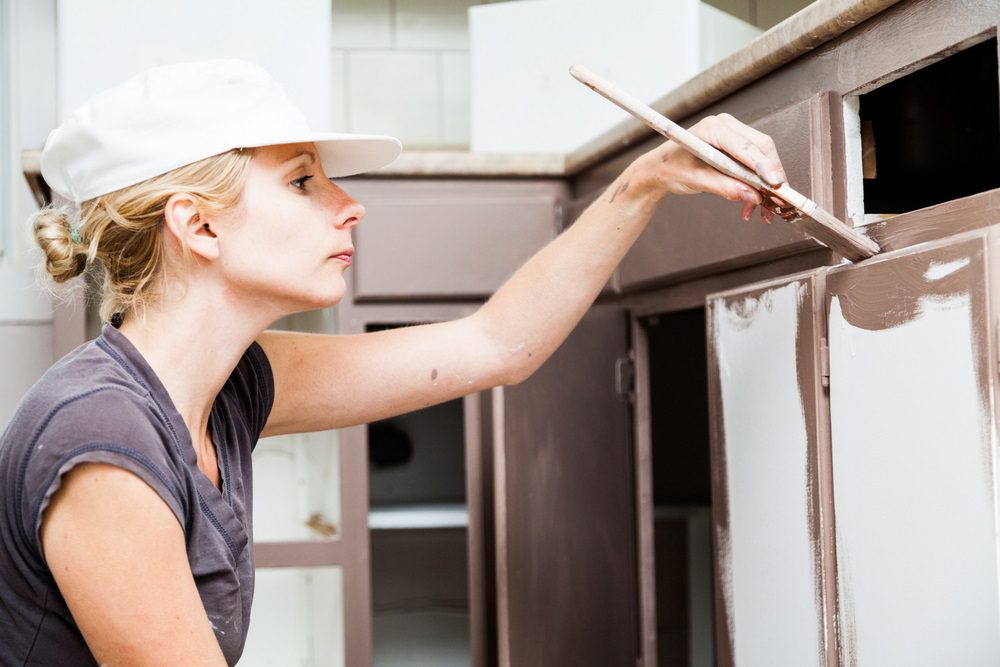
Painting is the final touch of your kitchen remodeling checklist. Getting it right is important so you can enjoy your new kitchen for years to come. Make sure that you have the right equipment and materials before beginning any painting project:
- Paint brushes in various sizes
- Rollers and roller covers (for large surfaces)
- Masking tape
It’s also important to find a good painter who understands what needs to be done for your new paint job to last for years.
Final Inspections and Quality Checks
The final inspections and quality checks are the last step in your kitchen remodel. Your contractor will be checking to ensure that everything is working properly and that there are no issues with their workmanship. It’s important to note that these inspections can only be done after all of their work is complete, so don’t expect an inspector during construction!
In addition to ensuring everything works as intended, you should also ensure that your new kitchen meets building codes and local regulations. This means checking things like:
- Electrical wiring (including GFCI outlets)
- Plumbing fixtures (like faucets)
Something that needs to be up to code or meet safety and functionality standards may need further repairs before being considered complete.
Post-Remodel Cleaning and Maintenance
After your kitchen remodels, it’s time to get into a regular cleaning routine. The first thing you’ll want to do is clean the kitchen after each use. This means washing dishes immediately after they are used and wiping down countertops and cabinets.
Next, you should ensure that your refrigerator is cleaned regularly to prevent any food from spoiling or growing mold inside. You should also periodically clean out any spills inside your oven (especially if small children are home). Lastly, ensure that sinks and faucets are cleaned regularly so they look their best for years!
Conclusion
Now that you know how to plan a kitchen remodel, it’s time to start your project. This checklist has been helpful as you prepare for your new space! Feel free to reach out if you have any questions or concerns about your renovation plans – we’d love to hear from you.
Get in touch with Unique Kitchen & Baths for a free kitchen remodeling consultation!
